
views
Creating a Bat-Friendly Garden
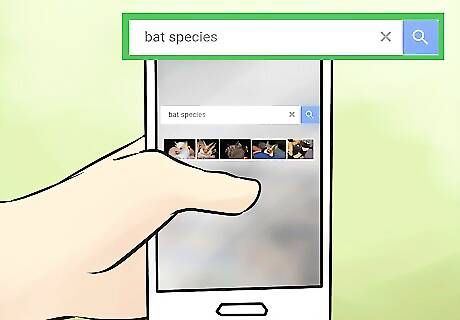
Determine which species of bats live in your local region. Different types of bats vary in their preferences for food and water, so you'll want to get a sense of the bats in your local region before altering your garden. Do some research online or contact Bat Conservation International for more information on bat populations near you.
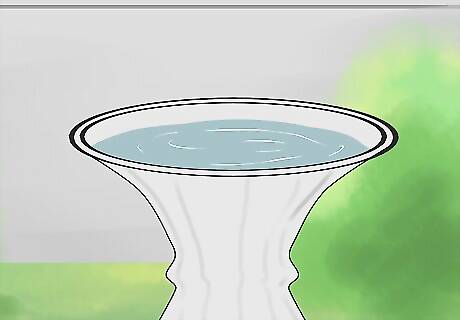
Install a bat-friendly water source. Bats tend to be attracted to steady sources of water, so if there isn’t a natural water source near your garden, consider adding a water source. Bird baths or small fountains are great options that will draw bats to your garden space.
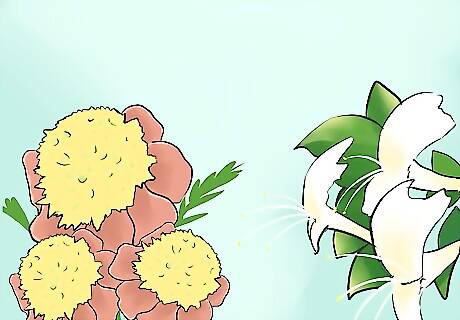
Provide a food source specific to the kinds of bats in your area. Some bats eat insects, while others eat fruit and drink nectar. Find out what kind of food the bats in your region enjoy, then plant fruit trees, flowers, or herbs that will attract those types of bats. For instance, plant night-blooming flowers like french marigold and evening primrose, and aromatic plants like thyme and honeysuckle, in order to attract insects for carnivorous bats.

Keep your pets indoors at night. Bats tend to be frightened off by the presence of outdoor cats or dogs. If you want to attract bat visitors, keep your furry friends inside once it starts getting dark in the evening.
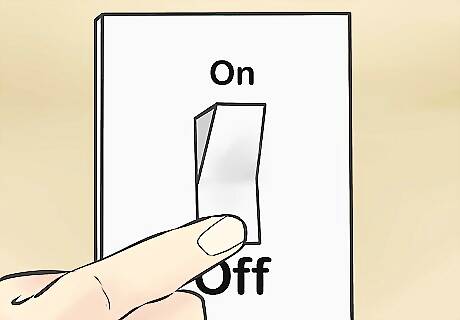
Turn off outdoor lights. Because bats are nocturnal creatures, they tend to avoid roosting in areas that are illuminated by artificial light sources. If you must use outdoor lights, consider reducing their brightness and moving them away from your garden.
Installing a Bat House
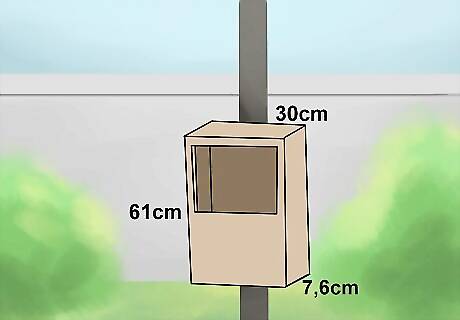
Buy or build a bat house. Bat houses will provide the right shelter for bats to roost during their nightly feasts. If you’re building a bat house, be sure to use rough, non-toxic wood, such as plywood or cedar, so that the bats will have an easier time climbing in and out of the box. You can buy bat houses online or in home and garden supply stores. Bat houses should be at least 2 feet (61 cm) tall, 1 foot (30 cm) wide, and 3 inches (7.6 cm) deep. Some areas have conservation rules that determine how big a bat box should be, where you can place it, and who can check/clean it. Check with your local conservation society or review your local laws to be sure yours complies. You'll likely need to take additional steps to attract bats to a bat house after setting it up. For instance, it needs to be easily accessible, near a water source, and away from artificial light.

Caulk the outside walls of your bat house. Your bat home will need to be insulated from rain and cold weather in order to provide a safe environment for bats. Apply a silicone caulk around the wooden seams of your bat house in order to ensure the space remains dry and insulated.
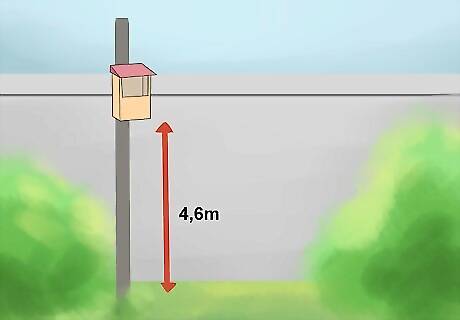
Place your bat home in a sunny location. Bats survive best in warm environments, ideally between 80 °F (27 °C) and 100 °F (38 °C). Find an area near your garden where your bat home will get at least 6-8 hours of direct sunlight.
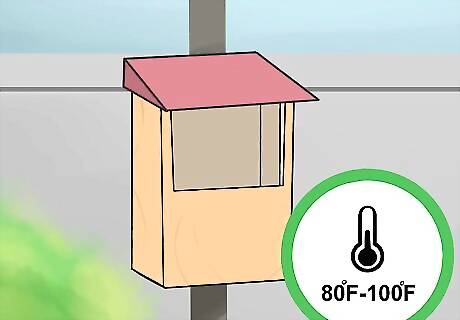
Install your bat home on a south-facing, 15 ft (4.6 m) pole. Do not mount your bat home on a tree, as predators will have an easier time disturbing both the home and the bats. Placing your bat home on a pole will keep your bat visitors safe from potential harm. In addition, it's best to mount your bat home facing south to ensure that it gets the most direct sunlight during the day.

Use a dowel rod to clean your bat box. Get in the habit of cleaning debris from your bat box during the winter or early spring months, when bats aren't present. Dowel rods are perfect for reaching into high-lofted bat boxes, and you can find this tool at craft stores.
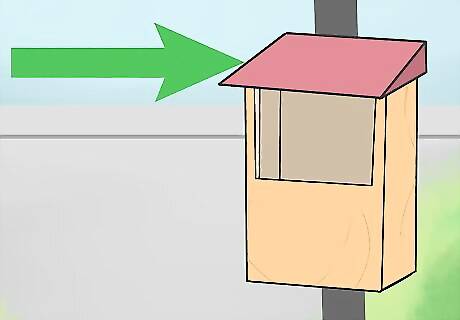
Inspect your bat home for signs of wear and tear. After you mount your bat home, you’ll want to check up on it periodically to make sure it’s in good condition. Clear out any wasp or bees nests, and check to make sure that the house is still well-insulated and firmly secured on its mounting pole. Look for bat droppings near your bat home and around your garden for signs that your bat home is working!












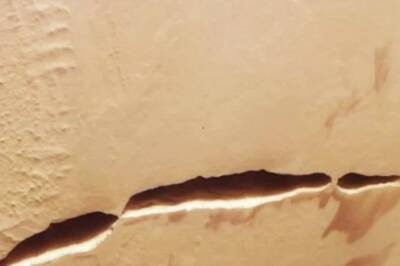





Comments
0 comment